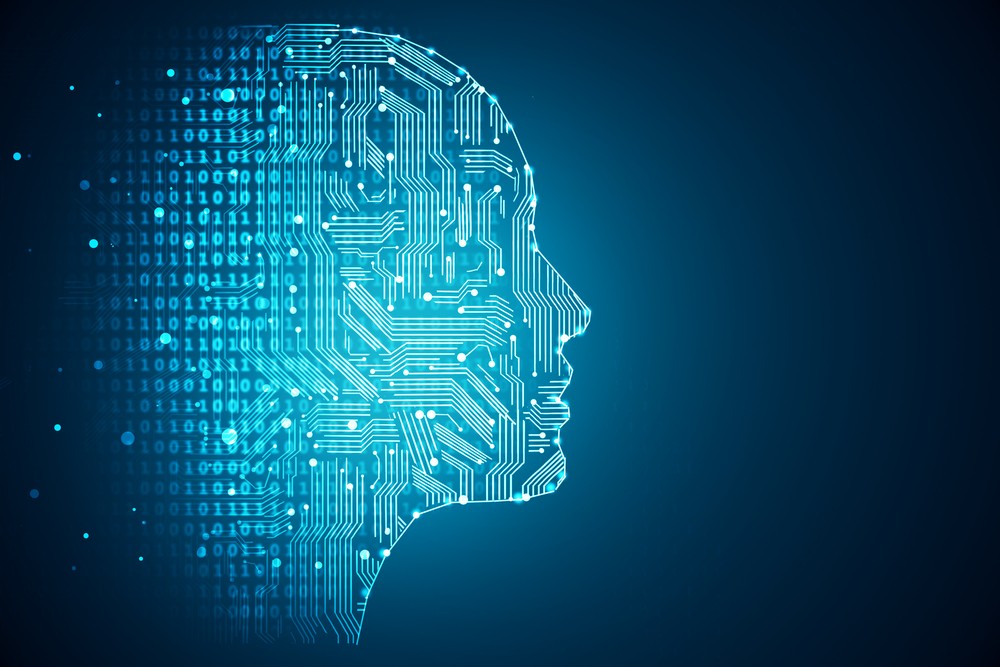As industrial companies move forward with Digital Transformation, the first question they need to ask is, “How do I build and implement solutions that provide the best and most lasting value?”
Wherever you are on your path to digital transformation, the goal is the same: make your business smarter, leaner, and more profitable. We can create new technologies; we can build powerful solutions and scale them like never before. However, if there is no clear path to value, no clear return on investment, all we are building is barriers. This is especially true in the world of industrial IoT, where innovation is often seen more as evolution than revolution. The risks are tremendously high.
One of the technologies that can make a difference for businesses in this transformation journey is the Digital Twin. A Digital Twin is a software representation of a physical asset, system, or process that is designed to detect, prevent, predict, and optimize through real time analytics. All of these industrial necessities cost millions to build and to fix, and if they stop working, they can cost millions in unplanned downtime. You don’t get to fail fast.
Digital Twins are used to give us early warnings on equipment failures so companies can take actions early to maintain availability targets. These Twins provide continuous predictions so that we can get estimates on the on-going damage on a part, and then have these parts ready when we do maintenance events. This is crucial in the industrial world as the lead time to some of the more critical parts are six to 18 months. Imagine the business impact if you did not have that critical part when you needed it. This is why many industrial companies stockpile these expensive parts and, therefore have high inventory cost.
But what if these critical pieces of your business could help you even more? What if they could help you in a way that aided business adoption and reduced your business risk? What if they could protect themselves from outside threats? What if they could talk to each other? This is where Digital Twin technology is headed and what makes software mission critical today and tomorrow.
As we look to the future, one of the software technologies we will look to is called Humble AI. Humble AI is a Digital Twin that optimizes industrial assets under a known set of operating conditions but can relinquish control to a human engineer or safe default mode on its own when encountering unfamiliar scenarios to ensure safe, reliable operations. Humble AI affords a zone of data competency, which pinpoints where the digital twin model is most accurate and in which it is comfortable making normal operational decisions. If a situation is outside of the zone of competency, the Humble AI algorithm recognizes and redirects the situation to a human operator or reverts back to its traditional algorithm. Just as a trainee engineer might call their supervisor when faced with a new challenge, Humble AI escalates anything outside of its comfort zone.
A second technology is something we call Digital Ghost, a new paradigm for securing industrial assets and critical infrastructure from both malicious cyber-attacks and naturally occurring faults in sensor equipment. Much attention is given to a company’s external firewalls, but some viruses can be accidentally spread by doing something as innocuous as using a compromised USB drive inside the network. A Digital Ghost uses a Digital Twin which understands both the physics associated with the asset and the operational states given the data from its operators and environments and can use this to detect when conditions on its sensors seem to be malicious. In this way it can provide early detection of any security issues that might occur and also provide a path to both detection and neutralization of the fault.
A third interesting and forward-thinking technology is called “Twins that Talk.” This is an emerging, and exciting, technology that gives machines the ability to mimic human intuition and react to evolving situations.
We’re at a place where we’ve generated enough data and harnessed artificial intelligence applications to the point that Digital Twins can now “talk” to each other, learn from each other, and can “educate” other assets. Using neural network technologies (sponsored by DARPA) we have pilots that allow machines to generate their own language for communications. A turbine or an engine, can “inform” other like machines by communicating the prior problems it has experienced and the symptoms associated with the issue. This information forms potential root causes for field engineers even before the problem has been diagnosed.
Here’s an example of machines learning and communicating in the field: Imagine a number of wind turbines in the same geographical area being able to detect icing on their blades and understanding that this reduces the amount of electricity they can create. Not only would they be able to flag potential disruption, they’d be able to predict icing in the future by amalgamating contextual cues, weather patterns, and prior experience.
These new and exciting innovative Digital Twin inventions allow us to build our capacity for business transformation. Humble AI helps create value by leveraging artificial intelligence technology. Digital Ghosts and Twins that Talk help accelerate value. These innovative technologies all provide insight that compels business to take actions that deliver the most value.




